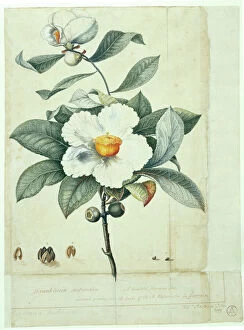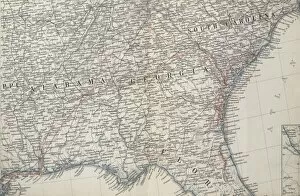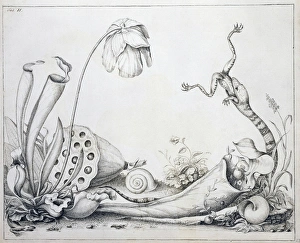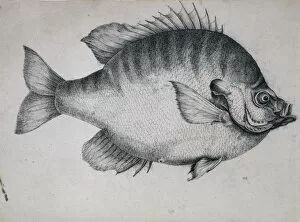William Bartram Collection
"Exploring the Untamed Beauty: William Bartram's Journey through America" Step into the captivating world of William Bartram
All Professionally Made to Order for Quick Shipping
"Exploring the Untamed Beauty: William Bartram's Journey through America" Step into the captivating world of William Bartram, an intrepid explorer and naturalist who ventured into the uncharted territories of America. His travels brought him face to face with wonders like the rare Franklinia alatamaha, a majestic flowering tree that he discovered and named after his dear friend Benjamin Franklin. Bartram's encounters were not limited to flora alone; he also encountered fascinating creatures such as Mico-chlucco, King of the Moscogul tribe. Through his meticulous observations, Bartram created detailed maps like "Map of the East Coast of America, " providing invaluable knowledge for future explorers. One particular map showcased his expedition along Florida's east coast in 1790, revealing hidden gems like "The Great Alachua Savanah. " This breathtaking landscape captured Bartram's imagination and inspired him to document its beauty for generations to come. Intriguingly, Bartram even stumbled upon pitcher plants and snakes during his expeditions in the 18th century. His keen eye allowed him to capture these unique moments on paper, immortalizing them forever. Bartram chronicled every detail meticulously in his travel journal – a treasure trove of information about American landscapes and their inhabitants. From Franklinia alatamaha leaves to Pinckneya bracteata (fever tree), each entry painted a vivid picture of nature's diversity. But it wasn't just nature that fascinated Bartram; he also corresponded with fellow botanists like Robert Barclay. In one letter from 1788, he shared insights about his discoveries and expressed excitement over new findings such as Lepomis macrochirus (bluegill), showcasing his passion for sharing knowledge with others, more than an explorer; he was a pioneer who dedicated himself to unraveling America's secrets.



















